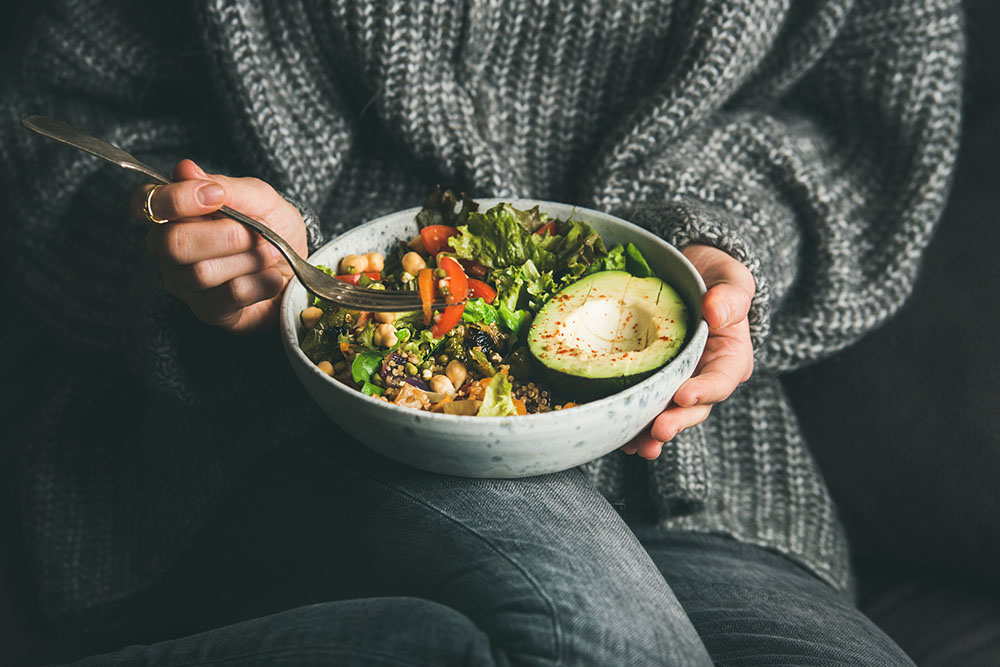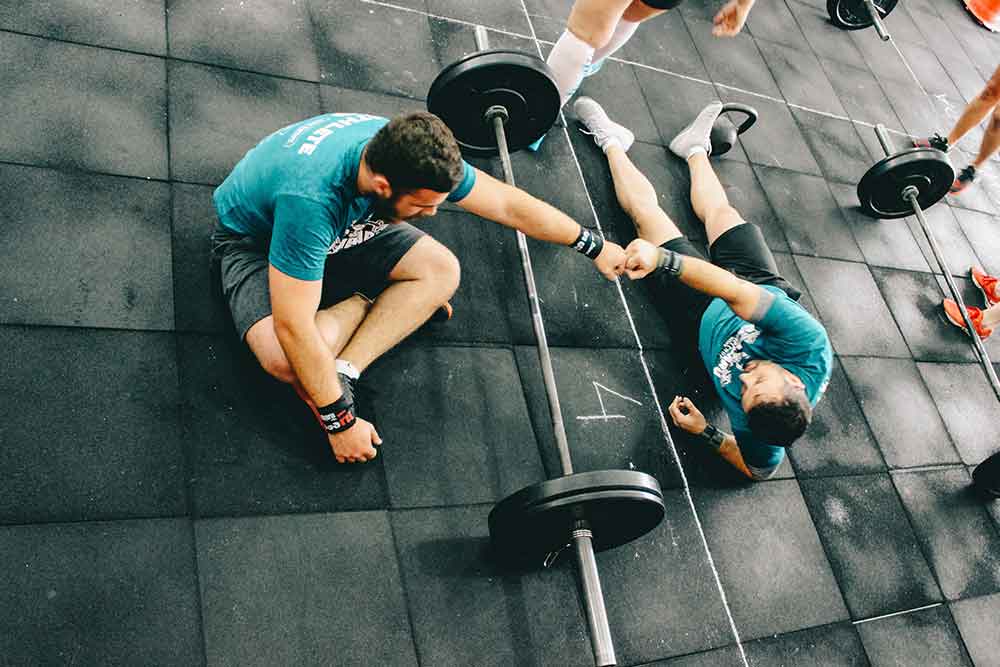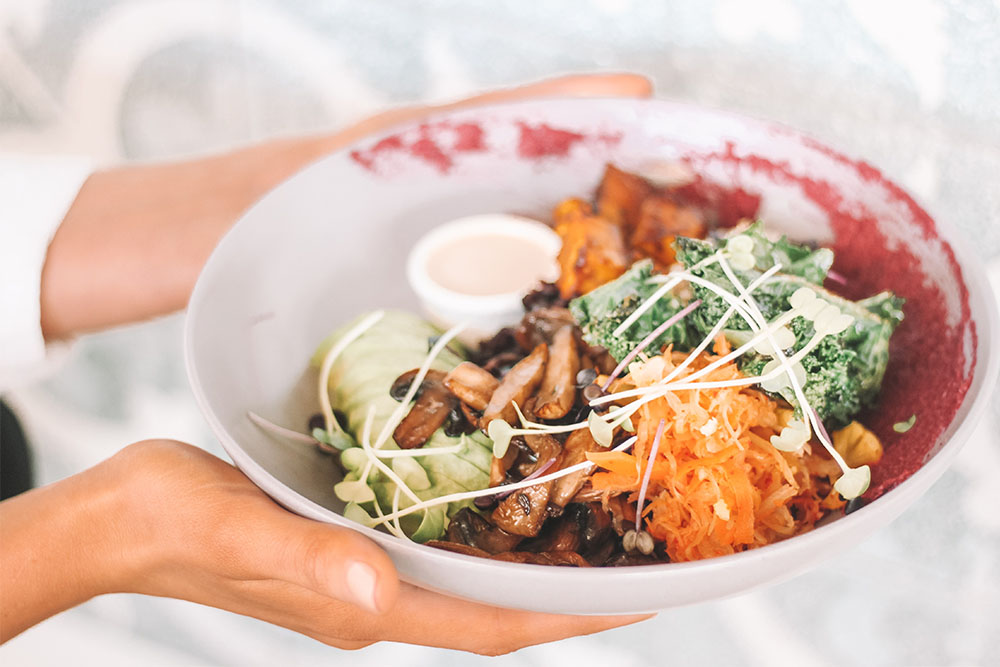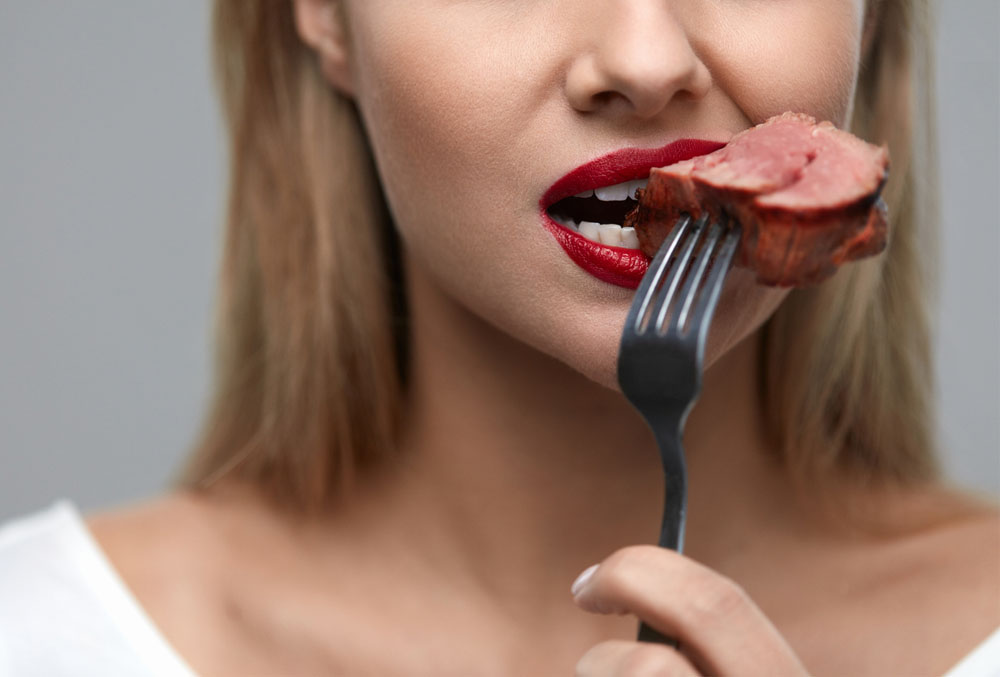Which type of Protein Provides the Best Workout Recovery?

Evan Stevens
In our previous article, The Ever Changing Science of Protein, discussed how science is ever changing and how new evidence or looking at entire bodies of evidence can change our perceptions of what we thought to be true. We discussed the importance of (or lack thereof) timing of ingestion and why as long as you are taking protein within the anabolic window 24 hours post exercise you will get the benefits of protein supplementation. In this article we continue our journey with a look at what we deem “quality” protein and co-ingestion with carbohydrates (CHO).
Quality
 There are differences in what we deem “quality” of a protein. High quality protein typically means it has all your essential amino acids (EAA) and has enough of the branched chain amino acid leucine.
There are differences in what we deem “quality” of a protein. High quality protein typically means it has all your essential amino acids (EAA) and has enough of the branched chain amino acid leucine.
The major protein types are soy, casein, and whey, with whey typically chosen as the gold standard of quality protein because of the amount of leucine in it. Proteins such as whey and soy are digested quickly, resulting in high circulating amino acids and a short, acute rise in MPS. Whole-body protein synthesis is improved with whey (because of the stimulation by leucine) but whole-body breakdown is suppressed with casein. Overall, whey is the best post exercise and at rest in terms of muscle protein synthesis (MPS), soy is second, and casein is third up to three hours post exercise. After three hours however it gets a little murkier. Casein is slowly digested and may provide the slow, continual MPS when the right conditions are met (leucine is added with the meal). In fact, when leucine is added to a meal with any kind of protein, MPS isn’t significantly different between soy, whey, and casein. The only reason why we consider Whey to be the gold standard is because of tis leucine content. You still need the right EAA balance for general health but they all provide that; so long as leucine is added in to the meal, there really isn’t a significant difference.
If you want to know more about why leucine is so important, read Protein Quality Dictates Recovery – Not Timing. This article covers the basics for leucine and protein quality; whey has enough leucine in it to get over the “leucine trigger point” or the point where we have enough leucine in our blood to start MPS. Exercise lowers this trigger point too and makes it easier to spur MPS. We previously wrote that whey was the de facto protein source for this reason (reaching the leucine trigger) but any protein with added leucine will do the trick it would seem.
Related Article: Food vs Protein Supplements
Which Protein Wins Overall
Overall whey protein is still best if you want to take it for muscle recovery immediately post exercise. Older adults may want to look into supplementing with casein before bed however because of its longer digestion period, suppressing muscle protein breakdown (MPB) and keeping net MPS balance positive overnight (when it is usually negative).
A final note on quality: there has been an emergence of a new type of protein gaining traction in the market and it has captured a lot of people’s attention. Insect protein (crickets mostly) has hit store shelves, boasting its sustainability and ease of access because it is relatively inexpensive. The problem is that it is a very poor quality protein, lacking several EAA as well as leucine. While it may appear to be an attractive option, you are wasting your time and money on it, even if it advertises added leucine.
Co-ingestion with CHO
It has been hypothesized and long believed that ingesting protein with your post-workout carbohydrate drink will provide added benefits opposed to if they were taken separately. It is thought that co-ingestion with CHO would increase the insulin response compared to protein alone and results in an improved net protein balance.
Local insulin infusions do result in improved MPS and blood flow at rest. When combined with protein, there is a further increase in MPS and attenuation of MPB beyond just protein ingestion or insulin infusion alone. Keep in mind that this all happens at rest however. After resistance exercise (or any type of exercise for that matter), there is no added MPS benefit with CHO co-ingestion or insulin infusion, nor suppression of MPB so long as quality protein intake is adequate (20-25g). There is no added benefit to providing extra sugary drinks post resistance exercise on muscle protein synthesis, all the benefit comes from the protein itself, not the insulin, which is most likely because the amount of insulin required for optimal MPS is surprisingly low (10-15 IU/ml, or 2-3 times basal resting rates of healthy adults – easily achievable with small doses of protein >0.25g/kg). While CHO may help replace glycogen reserves post exercise, it is not useful for increasing MPS as once thought.
Related Article: The Ever Changing Science of Protein
Recap
- Science changes; our ideas about protein change with new and more data available (part 1).
- Timing of ingestion not as important; MPS high up to 24hrs post workout (part 1).
- Quality refers to the profile of essential amino acids; Soy, Casein, and Whey are all high quality.
- Differences in Soy, Casein, and Whey are unimportant so long as there is enough Leucine.
- Leucine concentration acts as MPS trigger.
- Casein before bed is recommended; slower digestion means continual protein release, keeping net protein positive, MPS sustained, and MPB low.
- Insect protein may be hot right now but it is poor quality protein, lacking EAAs.
- Taking protein in with sugar does not improve MPS, contrary to previous suggestions.
- Insulin is spurred by a small amount of protein, more sugar will not add any additional benefits.
Related Article: Fat, Carbs, Protein and Recovery. Is There A Silver Bullet?
You Might Like:














